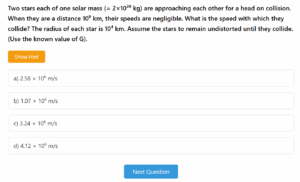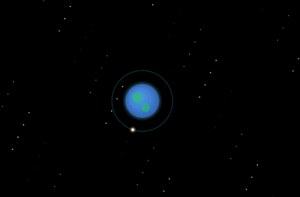Space Adaptation Syndrome
Understanding the effects of weightlessness on astronauts
Swollen Face
In microgravity, bodily fluids redistribute toward the head, causing facial swelling and congestion. This can affect vision and make faces appear puffy.
Headache
The fluid shift to the head increases intracranial pressure, which can cause headaches. Disorientation and stress from adapting to microgravity can also contribute.
Orientational Problems
Without gravity's cues, the vestibular system becomes confused, leading to spatial disorientation. Many astronauts report feeling upside down or unable to determine directions.
Feet in Space
On Earth, swollen feet would be painful from fluid accumulation, but in space, the lack of gravity means fluid doesn't pool in the feet. Instead, astronauts experience "bird legs" as fluid moves upward.
Space Adaptation Syndrome Explained
Space adaptation syndrome (SAS) occurs when astronauts transition to microgravity. Key effects include:
- Fluid redistribution: Without gravity pulling fluids downward, about 2 liters move from the legs to the head
- Vestibular confusion: The inner ear can't detect "up" or "down" without gravity
- Muscle atrophy: Without constant use against gravity, muscles weaken
- Bone loss: Bones can lose 1-2% of mass per month in space
The textbook question correctly identifies that swollen face, headaches, and orientation problems affect astronauts, while swollen feet (which would be painful on Earth) don't occur in space.



